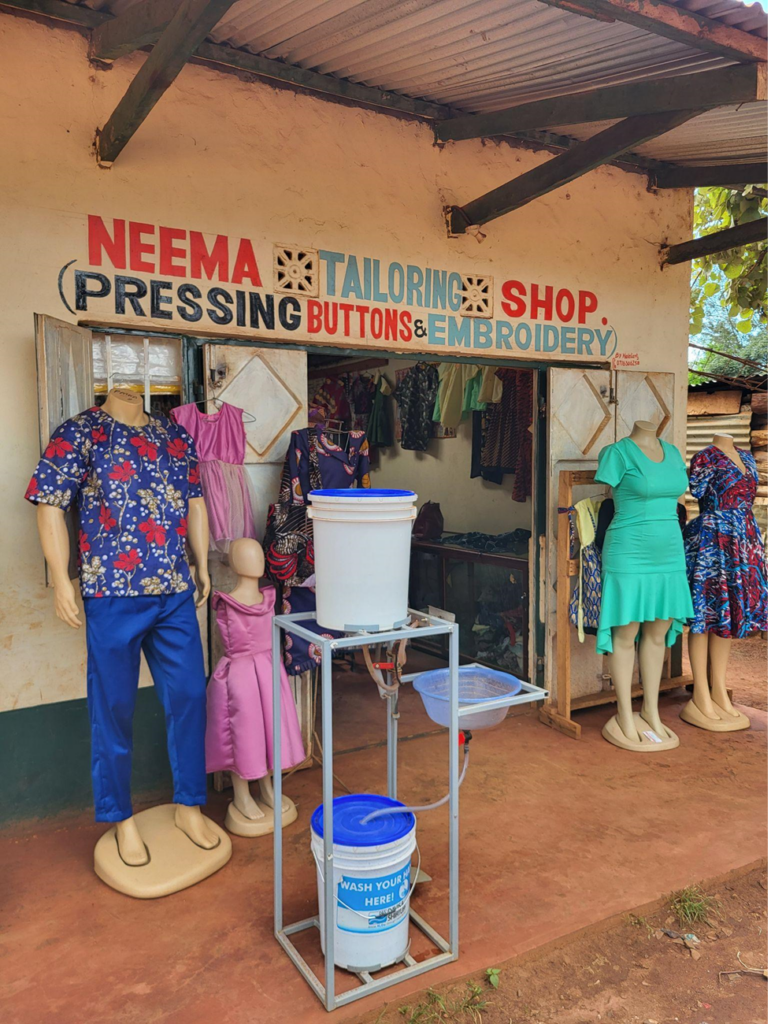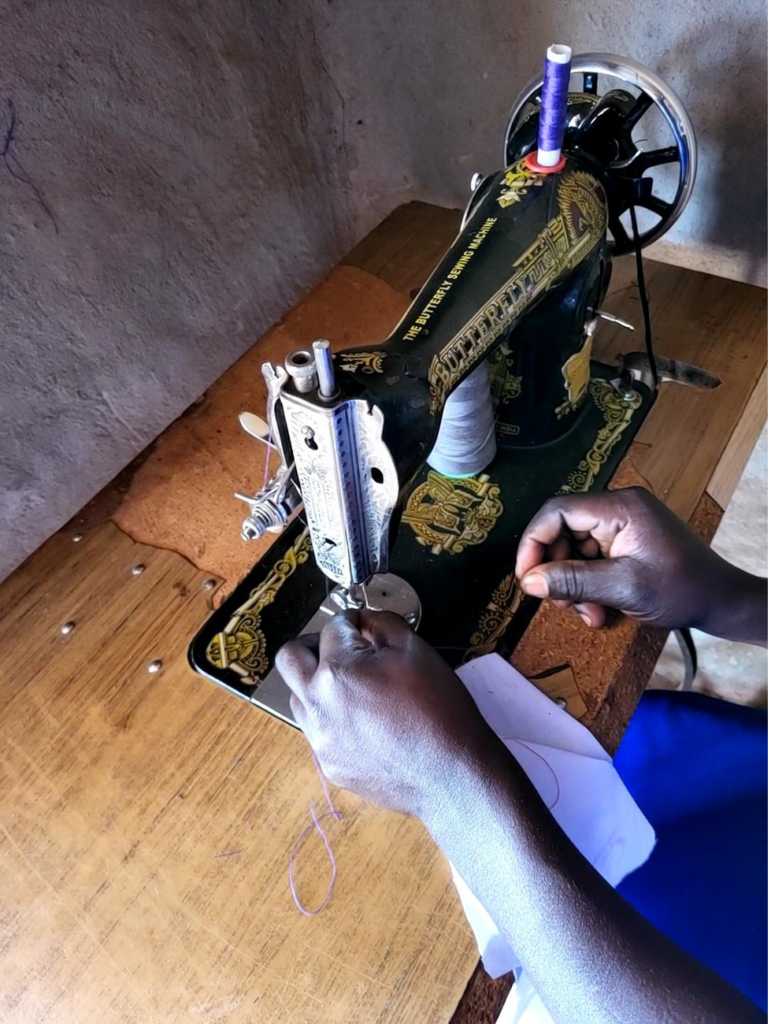Hello, AEA365 community! Liz DiLuzio here, Lead Curator of the blog. This week is Individuals Week, which means we take a break from our themed weeks and spotlight the Hot Tips, Cool Tricks, Rad Resources and Lessons Learned from any evaluator interested in sharing. Would you like to contribute to future individuals weeks? Email me at AEA365@eval.org with an idea or a draft and we will make it happen.
Greetings! I am Yasemin Simsek, a master’s candidate in American University’s Measurement and Evaluation program. The Quantitative Methods in Evaluation course required me to partner with an organization to identify a research need, collect and analyze data, and write a report. I had the incredible opportunity to work with the Neema Project, a nonprofit organization dedicated to empowering women experiencing poverty, gender-based violence, or teen pregnancy in Kitale, Kenya through services such as skills training, counseling, and faith-based support.

Through discussions with Neema’s leadership, we collaborated on survey questions and crafted a research question. As our conversations progressed, it became evident that incorporating qualitative research methods would benefit the research. With their planned visit to monitor their new campus’ construction in Kitale, they invited me to accompany them to administer a survey, conduct interviews, and host a focus group in person, as conducting it remotely would have been challenging.
While I was on-site, I took a responsive approach to the evaluation. The more I engaged with the community, the more information I gained. For example, the survey had to be adjusted for cultural nuances, such as how distance from one place to another was measured and what constitutes economic support and why. Adaptations were crucial to ensure that the data collected was culturally meaningful and to receive accurate survey responses. The survey platform I used was Qualtrics, and I prepared a backup spreadsheet just in case. Through the statistical software SPSS, I analyzed the data for descriptive and inferential statistics to better understand the sample and draw conclusions about the hypothesis. To choose the appropriate test, I used a statistical test decision tree. Experimenting to find the right test with low bandwidth internet can be challenging.

During my time in Kitale, I had to think on my feet, but building a strong rapport with the Neema alumni, staff, and community members was vital to the success of the project. I approached this evaluation as a learner, which also facilitated relationship building. A huge takeaway from this experience was the significance of investing time in people before diving into research and understanding myself along the way. Journaling throughout the process not only helped me remember key insights but also understand my positionality.

One of the highlights was visiting the businesses of Neema’s alumni, witnessing their entrepreneurial spirit, and the impact of the organization’s training programs firsthand (Check out the Neema Shop!). Reflecting on this journey, I am grateful for the tremendous learning opportunity it provided. It deepened my understanding of both quantitative and qualitative research methods, while also teaching me the importance of adaptability and responsiveness in evaluation.
I am excited to continue working with the Neema Project on their alumni program research, contributing to their mission of empowering women in Kitale and fostering sustainable change in the community.
Lessons Learned:
- Creating structured surveys requires avoiding subjective language and ensuring culturally appropriate questions. Engaging project collaborators in this process is beneficial and time-saving. If feasible, I would consider pre-testing in the future.
- Being flexible to change helps both in the field and in using statistical methods. Sometimes the results from data collection may not reflect an initial hypothesis.
- Participating in intentional reflexive exercises, like journaling, enhances understanding of the evaluation process and promotes validity and objectivity.
- When in Kenya, go with Safaricom for your cell and data provider!
Rad Resources:
- (2013) How can we design survey interviews and questionnaires to give us the best information possible? RacialEquityTools.org
- The Data Equity Framework. (2021) We All Count
Do you have questions, concerns, kudos, or content to extend this aea365 contribution? Please add them in the comments section for this post on the aea365 webpage so that we may enrich our community of practice. Would you like to submit an aea365 Tip? Please send a note of interest to aea365@eval.org . aea365 is sponsored by the American Evaluation Association and provides a Tip-a-Day by and for evaluators. The views and opinions expressed on the AEA365 blog are solely those of the original authors and other contributors. These views and opinions do not necessarily represent those of the American Evaluation Association, and/or any/all contributors to this site.

Thanks, I enjoyed this! Good tips and resources.